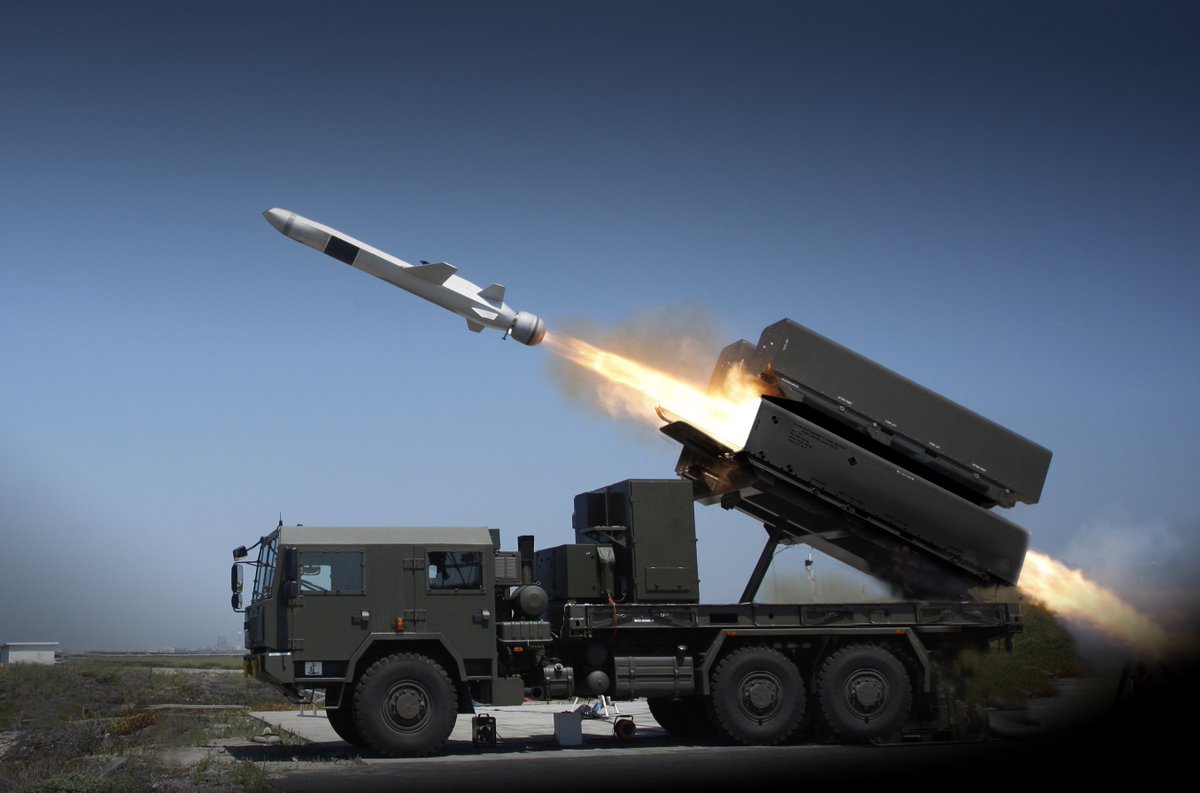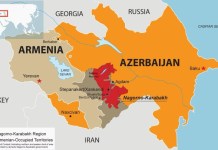While acknowledging the remarkable success of NASAMS air defense systems in deterring Russian attacks, Norway has disclosed that the Ukrainian armed forces are presently dealing with a pressing challenge – a shortage of ammunition for NASAMS.
China Pitches Its Own C-17 Globemaster To Nigeria; Comes After Talks Of Stealth Fighter Deal With Pakistan
Norway has announced that its domestically developed NASAMS anti-aircraft missile systems (SAMs) have demonstrated “extremely effective” performance, showcasing a notable success rate in Ukraine by effectively countering airborne threats launched by Russia.
Norwegian Foreign Minister Espen Bart Eide revealed this information during the January 3 meeting, and his remarks can be found in the publicly released transcript by the Norwegian parliament.
The comments were prompted by a question from MP Ine Eriksen Søreide, who sought the minister’s assessment of recent events in Ukraine. However, Eide also disclosed that Ukrainian armed forces are currently grappling with a significant shortage of ammunition, marking it as one of their primary challenges.
“Ukraine is defending itself bravely and effectively, but there is a common problem related to the lack of ammunition,” he added.
The minister emphasized the gravity of the ongoing Russian attacks, acknowledging Ukraine’s resilient and efficient defense efforts. Despite the commendable defense, a pressing concern looms—insufficient ammunition supplies.
Eide pointed out that critical locations across Ukraine, including Kyiv, heavily rely on the Norwegian NASAMS anti-aircraft missiles, known for their effectiveness and success rate.
The challenge, however, lies in the delayed resupply, which is not attributable to financial constraints or lack of determination but rather a deficiency in simultaneous production capacity.
According to the Minister, this shortfall extends to crucial artillery ammunition, such as grenades, further exacerbating the logistical hurdles faced by the Ukrainian armed forces.
The minister further pointed out a crucial strategy in tackling this challenge: Securing extensive and long-term orders. By doing so, primary producers in Norway, namely Nammo (Nordic Ammunition Company) and Kongsberg, would be allowed to invest in enhancing their capabilities.
This move aims to stimulate production and ensure the ability to manufacture more contemporary equipment, thereby strengthening the country’s defense posture in collaboration with its allies.
Soaring Demand Of NASAMS Air Defense Systems
The NASAMS suite, an acronym for National Advanced Surface-to-Air Missile Systems, is critical in safeguarding key assets, including the White House.
The air defense system comprises a command post, sensors, radar systems, and versatile munitions deployable from stand-alone pods or truck-mounted platforms.
Its radar boasts an impressive range, detecting potential threats up to approximately 80 miles, contingent on weather conditions, target size, and altitude.
Deployed by Ukrainian forces since November 2022 amid escalating Russian airstrikes, NASAMS has demonstrated remarkable effectiveness with a 100% interception rate, particularly against cruise missiles and drones.
With increasing global threats, particularly from Russia and China, Kongsberg, the Norwegian company behind NASAMS, faces unprecedented demand.
Eric Lee, President of Kongsberg Defense & Aerospace, notes the unparalleled demand but highlights the challenge: each NASAMS complex takes two years to manufacture, leading to a multi-year backlog in fulfilling orders.
To meet the surge in demand, Kongsberg’s facilities, typically dedicated to ship-launched missiles and F-35 fighter jet components, have shifted to round-the-clock production, even operating on holidays, reported the Wall Street Journal.

However, the complexity of modern weapons, requiring thousands of complex parts, poses a significant hurdle. Like many Western defense firms, Kongsberg designs and assembles its systems but relies on over 1,500 suppliers for components.
The NASAMS supply chain involves more than 1,000 companies spanning two continents, with the US-based defense contractor RTX contributing crucial components for NASAMS radars and missiles.
This supply chain’s complex and global nature underscores the challenges in meeting the escalating demand for advanced air defense systems.
The final step in the NASAMS production process involves the assembly of the mobile command center, the system’s intricate decision-making hub often referred to as its “brain.”
This crucial assembly takes approximately a month, bringing together all the meticulously prepared components by the Norwegian manufacturer.
Recognizing the risks associated with potential disruptions in the supply chain, Kongsberg has taken proactive measures. Key components are strategically stockpiled, and spare NASAMS units are kept on hand, ready for swift deployment to customers when needed.
The company is also actively diversifying its supplier base, seeking alternative sources for as many components as possible to mitigate risks in case of supply chain disruptions.
- Contact the author at ashishmichel(at)gmail.com
- Follow EurAsian Times on Google News




